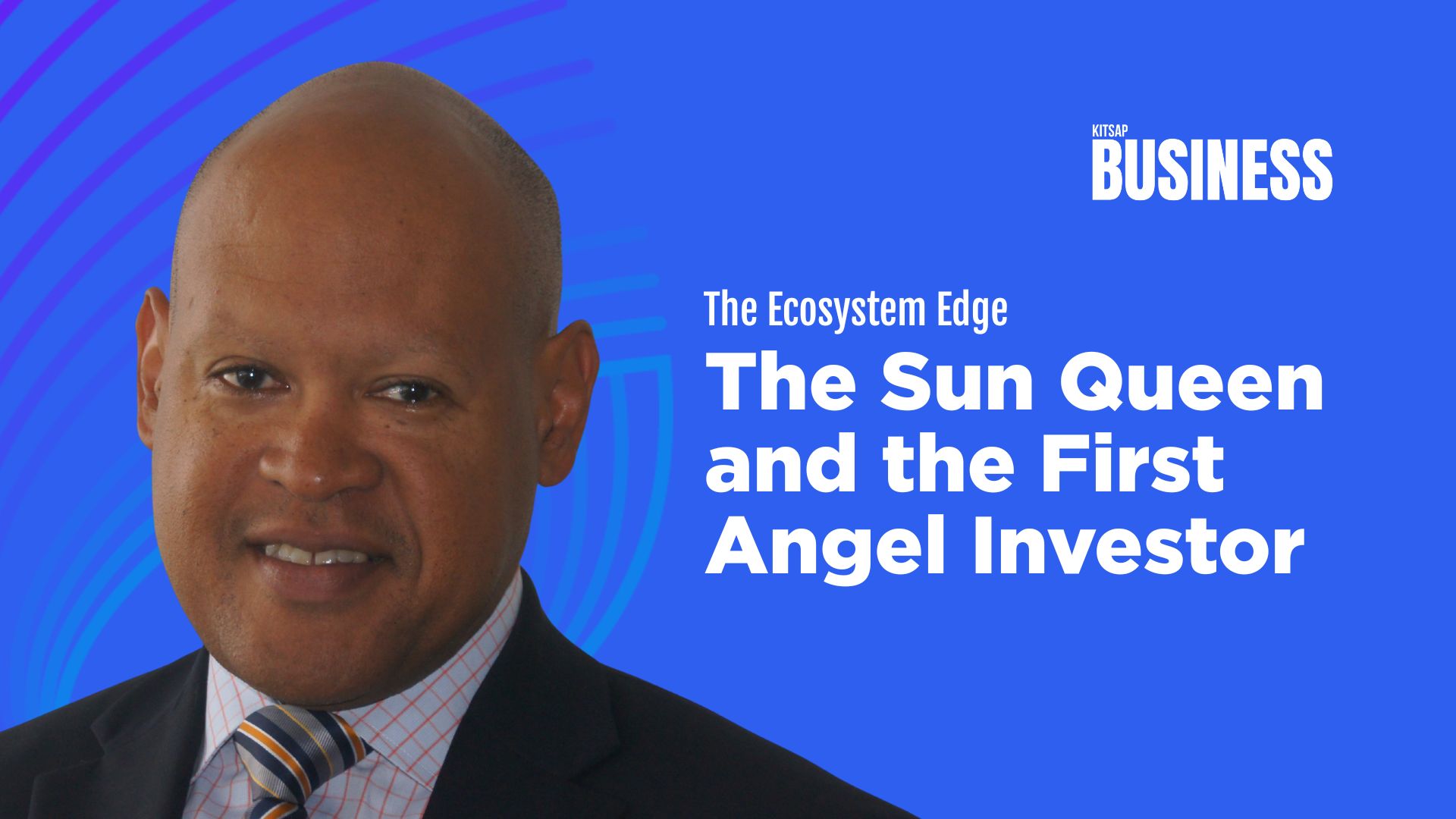Women Who Shaped Solar Innovation and Startup Investing
By Enrique Godreau
Advisor, Matchstick Lab I Ex-Cofounder, Voyager Capital
This article was first published in Kitsap Business as part of the Ecosystem Edge: Insights for Builders, Backers, and Believers column—a series exploring insights and ideas from across Kitsap’s entrepreneurial ecosystem, by, for, and about the people building what’s next. Read the original article →
Long before “angel investing” became a fixture, a European scientist and two pioneering women conducted an experiment that not only advanced solar energy technology but also planted the seeds of the funding model that startups rely on today.
1924 was a big year for Dr. Mária Telkes. At the age of 23, she earned a PhD in physical chemistry in her home country of Hungary, and emigrated to the United States. She came to chase a dream—that solar energy could change the world. And as she pursued her dream, she earned the nickname “The Sun Queen.”
Innovation Born of Necessity
At Westinghouse in the late 1930s, she pioneered the development of metals that could convert heat into electricity. During World War II, she developed a solar-powered water desalination machine to help pilots and soldiers survive. For this innovation, the Society of Women Engineers awarded her their inaugural Achievement Award. But her most significant contribution came from a partnership with pioneering architect Eleanor Raymond—designer of the first house ever built with plywood—and philanthropist Amelia Peabody.
In 1948, the trio launched a project to build an experimental house known as “The Dover Sun House” near Boston that would be heated exclusively by solar energy during the day; with heat trapped in storage salt solutions for use at night and during low-light periods. A family lived in the house for more than two years.
When Failure Fuels Progress
The system worked well, but the house ran into problems when the energy storage system began to fail. Though the experiment came to an end, the flame illuminating the future of solar energy had been lit.
We are at the brink of fully realizing Dr. Telkes’ vision of harnessing solar energy—and that progress is the result of intention, not accident. To succeed, innovators and entrepreneurs need privileged windows into a future world of possibilities and must maniacally believe in things that do not yet exist. The world is fortunate that Dr. Telkes had the skill, passion and tenacity to pursue her dreams.
The First Angel
There is another reason to celebrate Dr. Telkes. In 1947, she worked at the Massachusetts Institute of Technology, but on metallurgy, not solar technologies. However, she continued independently researching solar. Eventually, she reached a point where additional funding was required to run her experiment and build The Dover Sun House.
Though the term “angel investor” originated in the theater industry, today it refers to the earliest funders of new businesses. The earliest citation as it relates to funding appeared in an article about Dr. Telkes in a regional newspaper titled, “Wants Million for Sun Houses: Woman Scientist Describes What She’d Do for Humanity If ‘An Angel’ Would Step In.” Dr. Telkes raised $20,000 from Peabody. With pioneering technology and a novel funding model, these unheralded women changed the world.
What This Means for Kitsap
These lessons from long ago are especially relevant today, and are key to collectively building a brighter future. By leveraging the talent, innovations, and capital that is already present in Kitsap—and continuing to develop a strong entrepreneurial ecosystem—we can keep supporting our committed and passionate residents who are furiously chasing their dreams, all to our mutual benefit.

